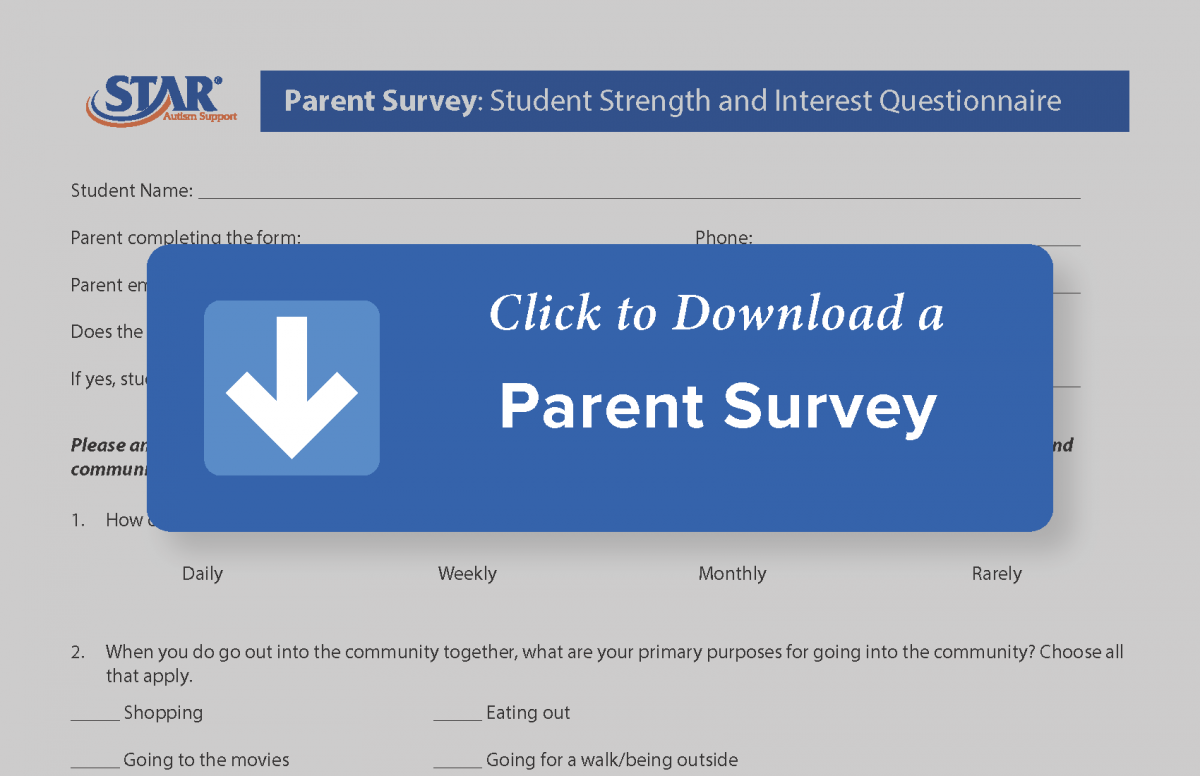Moving On: Transition Planning Made Simple
Transition planning is not just about post-secondary outcomes. Planning and implementing strategies for successful transitions from one grade level to the next—or from school to adulthood—can feel intimidating. Get the process started now with these strategies:
Communicate
- Collaborate with the future school setting or an outside resource to select routines that will best help your student become independent in their new environment. Begin running these routines now with simulations in your classroom.
- Speak to family members about their long-term goals for their child. Parents are sometimes apprehensive about next steps; knowing that you’re aware of their concerns can help ease anxiety and maintain an open line of conversation. Tell them about the routines that you’re working on to help their child succeed in the next setting.
- Make your plans student-centered by having parents and students complete a job interest survey. Both students and parents will become more invested when relevant activities are integrated into the plan.
Connect
- Plan outings to their next school setting to introduce your student to the new building, teachers, peers, and staff members with whom they’ll soon be working. Consider taking it one step further by planning ongoing activities with the student’s future class.
- Help students form relationships by increasing general education involvement and access. Set up peer buddies for P.E., lunch, and/or field trips. Use resources such as a Recess Box to help buddy groups reach success.
- Form partnerships with outside resources and businesses. This is particularly important for secondary students working on active transition plans, but it’s never too early to start teaching job readiness skills.
Teach Routines Strategically
- Use functional routines and lessons to increase independence. Teaching routines helps students know what “to do.” Routines begin in your classroom, but the driving goal is to prepare students to transition to general education and the world beyond. Although every routine supports transition by increasing communication and social skills, here are some specific routines that directly influence successful transition:
- Arrival/Departure
- Transitioning between Activities and Locations
- School and Classroom Jobs
- Independent Work
- Media Center Themes First! Community Outings and Simulations (Check out these from the current theme unit!)
- Because life doesn’t always go as planned, include strategic problem-solving opportunities during routines. Teach students how to ask for help and solve problems on their own, while offering strategies for handling frustration when routines change.
- Use visuals and pre-teaching to increase student success during routines. Visuals are easier to fade over time by taking away the need for continual verbal prompting.
Develop a Plan
- Transition planning can serve younger students as well. For elementary students, use this planning tool to schedule activities that support transitioning to the next setting or meeting future goals.
- Make sure your plans are based on the student’s strengths and interests.
- Choose IEP goals based on both curriculum and skills needed to progress successfully to the next step. Work smarter by focusing on the critical skills needed for overall success.
Transitioning between settings is a process: it’s not something that will happen overnight. Applying just a few of these steps can help your students transition more independently whenever and wherever that next step takes them.



